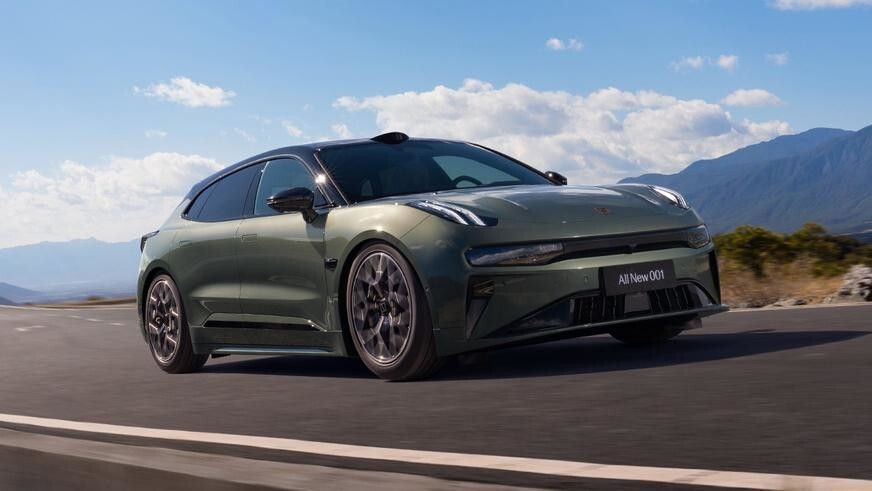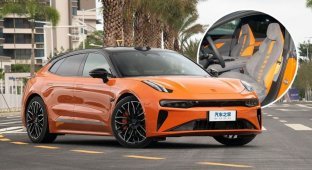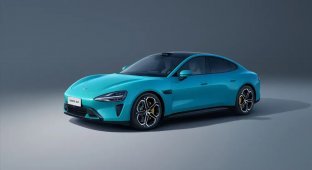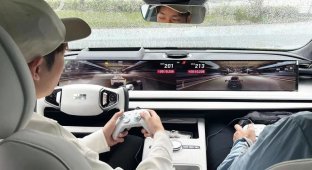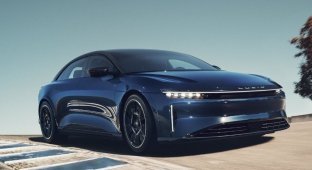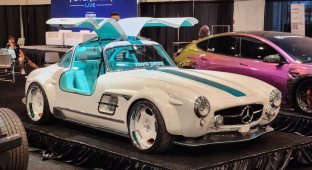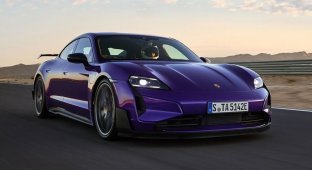The Xiaomi SU7 electric car was tested and compared with competitors from Zeekr, BYD, Tesla, Nio (6 photos)
Experts from the Chinese publication Dongchedi published the results of comparative tests of the Xiaomi SU7 electric car and a number of competitors from Tesla and local brands. The SU7 demonstrated convincing dynamics, but did not show off its power reserve. 
The tests involved the top version SU7 with two engines producing 673 hp. With. and a 101-kilowatt battery. In dynamic measurements, the electric car's rivals were Tesla Model 3 and Nio ET5. The new product turned out to be the fastest: the SU7 managed to reach 100 km/h in 3.24 seconds, while the ET5 and Model 3 showed 3.83 and 4.62 seconds, respectively. The quarter mile results are 11.17 seconds for the SU7 and 12.37 and 12.77 seconds for its competitors. In addition, the SU7 showed the highest finishing speed - 201.8 km/h.
However, the SU7 did not perform so well in range tests. If the manufacturer promises a range of 800 km without recharging for this version, then the experts managed to travel only 643 km - 79.4% of the declared one. In absolute terms, the result of SU7 was still higher than that of its competitors, but the Xpeng P7 electric car managed to get as close as possible to the nameplate value. He drove 489 km, which is 80.2% of the promised 610 km.
For Nio ET5 the same values were 455 and 640 km, for BYD Han EV - 405 and 610 km, the 100-kW Zeekr 001 drove only 407 km out of the rated 656 km, and Tesla Model 3 - 568 km out of 713.
At the end of March, Xiaomi announced prices for its first electric car. The SU7 costs between RMB 215,900 and RMB 299,900 in China, putting it roughly in the middle of the segment. If Tesla Model 3, Zeekr 001 and Nio ET5 are more expensive, then Xpeng P7 and battery-powered BYD Han are more affordable models.
BYD Han EV 
Nio ET5 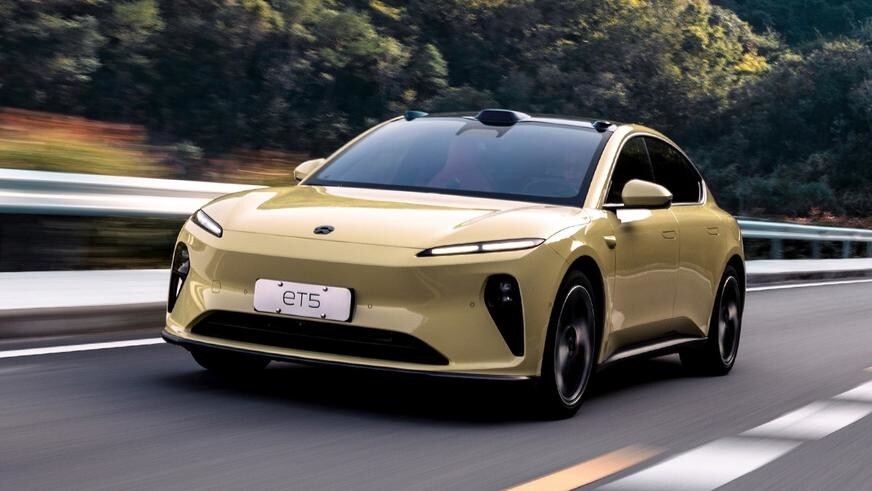
Tesla Model 3 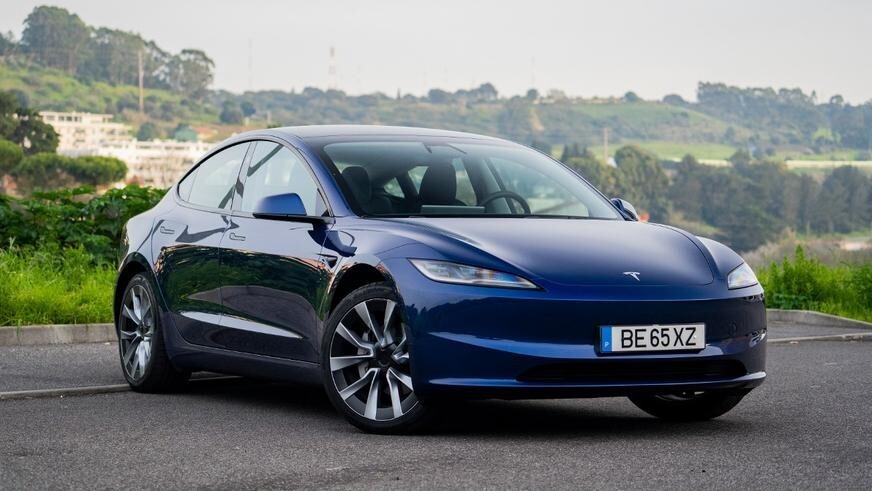
Xpeng P7 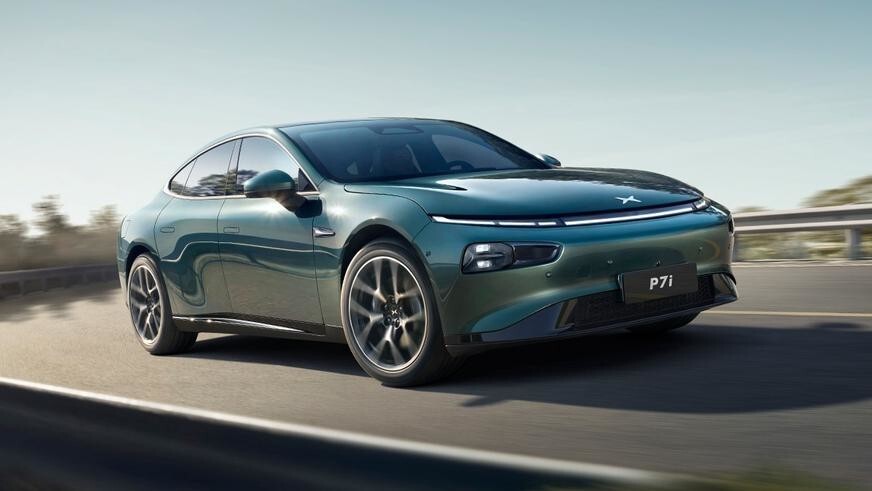
Zeekr 001 